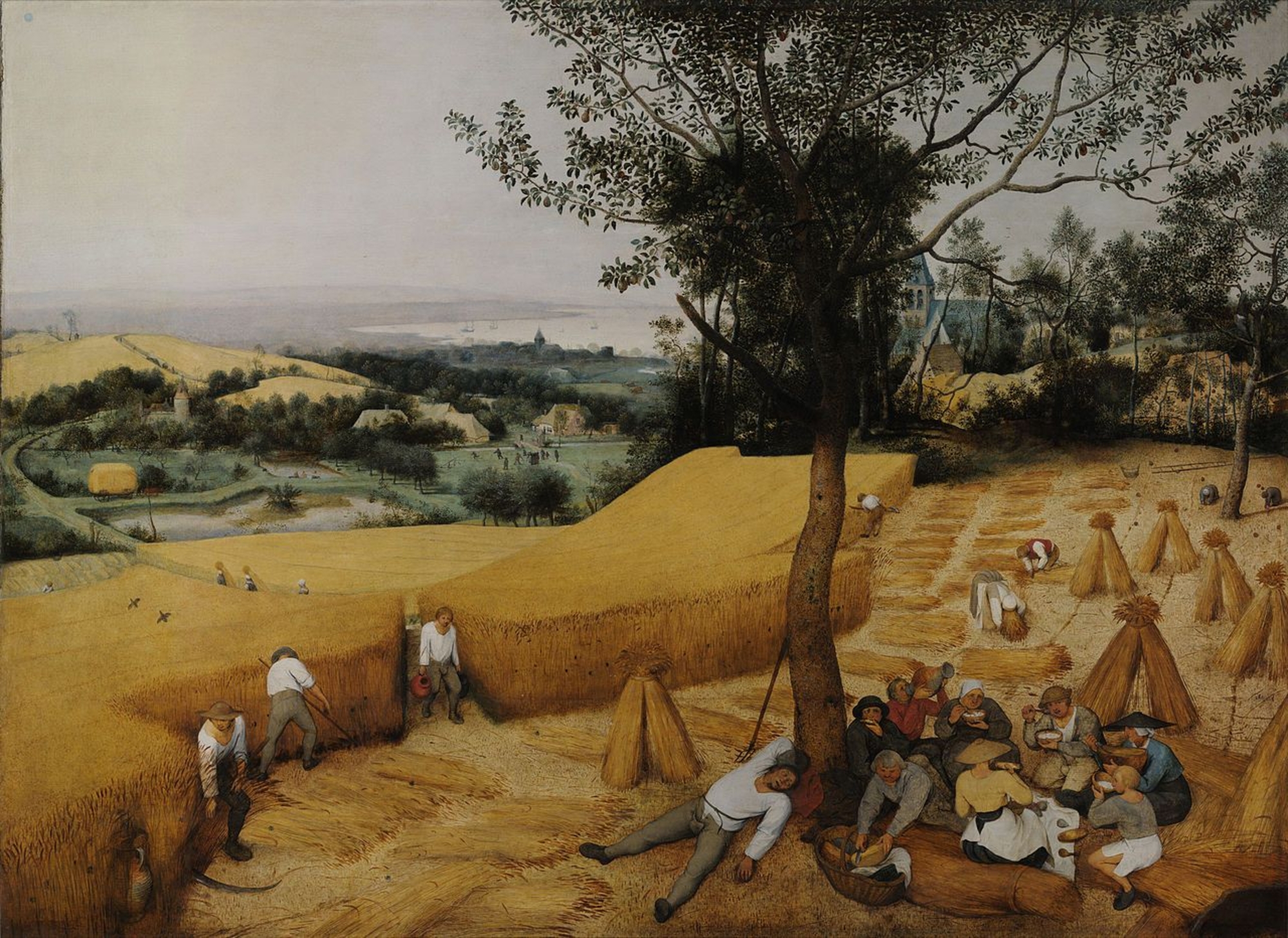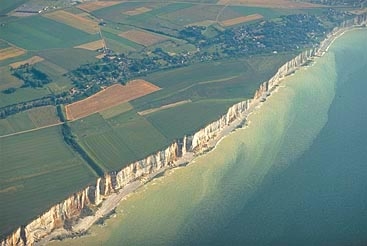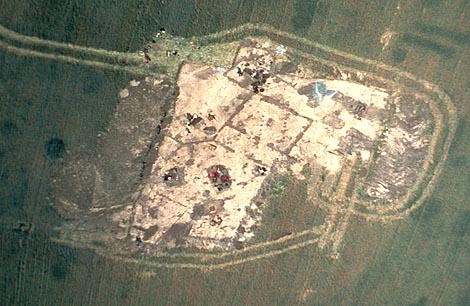- Home
- Discoveries
- Gallic settlements
- Oppida
Oppidum near Dieppe, at Braquemont (Seine-Maritime), at the lieu-dit of "La cité des Limes". A classic example of a protected land spur (éperon barré) located on a cliff, the erosion of which resulted in the loss of a small Gallo-Roman temple.
In the 1950s, prior to the advent of aerial archaeology, the only known Gallic establishments in northern France were oppida. We knew nothing of the habitations of this period that the airplane and excavations have subsequently revealed by the hundreds. During the Roman conquest, Caesar often uses the term oppida, without giving a precise definition.
Archaeologist have long been in the habit of using this term to designate vast fortified enclosures, the smallest of which have a surface area of nearly a dozen hectares. These include ones at L'Étoile (9 ha), Chipilly (10 ha), Incheville (12 ha), Etrun-sur-Escaut (12 ha), and Vieux-Moulin (16 ha). Medium oppida are 30 to 40 hectares in size, including Villeneuve-Saint-Germain (30 ha), Liercourt (32 ha), Saint-Thomas (32 ha), La Chaussée-Tirancourt (35 ha), Pommiers (40 ha), etc.
Large oppida are known at Bracquemont (50 ha) and Gournay-sur-Aronde (100 ha) and they can reach sizes of up to 140 ha for those at Variscourt and Condé-sur-Suippe (4 ha of which have recently been excavated).
In Bavaria, oppida as large as 380 ha are known, like the one at Manching.
In his Gallic Wars, Caesar notes the crucial role of these oppida, since their conquest leads to the surrender of the population concerned. But their role was not exclusively a military one: they were political and trading centers. It was in oppida that great assemblies, markets, and fairs took place.
Only the dark patches reveal the presence of pits and the outlines of houses within the oppidum. In the center of the photo, excavations by URA 12 have revealed the floor plan of a Tène-era house.
A sanctuary abutting the "Camp of Caesar" at La Chaussée-Tirancourt (Somme).
A sanctuary abutting the "Camp of Caesar" at La Chaussée-Tirancourt (Somme).
In contrast to the situation in southern Gaul, the oppida in northern France had not yet become towns or even permanent collective habitations, although it seems likely that several artisans and traders lived there on a regular basis. Nevertheless, there is evidence of a pre-urban process at Variscourt, Pommiers, and, shortly after, at Villeneuve-Saint-Germain (Aisne).




